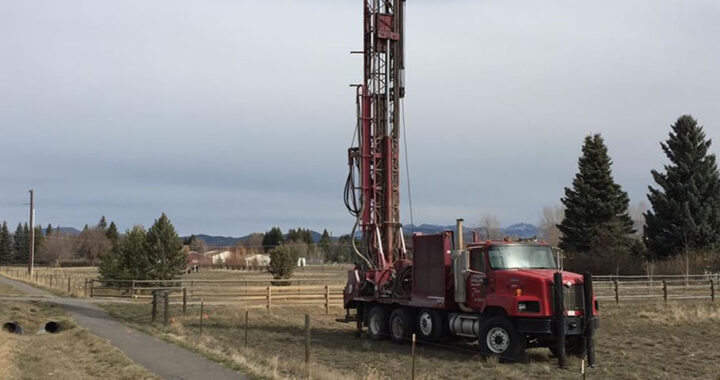Drilling a water well on vacant undeveloped land lots typically involves the following steps:
- Research: Before drilling a well, it is important to research the local laws and regulations related to well drilling in the area. This includes obtaining any necessary permits and ensuring compliance with environmental regulations.
- Site selection: The location of the well is critical to its success. A professional hydrogeologist or well driller can help identify potential drilling locations based on factors such as groundwater availability, soil composition, and topography.
- Drilling: Once a suitable location has been identified, the drilling process can begin. This involves drilling a borehole into the ground using a specialized drill rig. The depth of the well will depend on the water table in the area and the needs of the property.
- Installation: After the borehole has been drilled, a casing is installed to prevent the walls from collapsing and to protect the water supply from contamination. A pump and piping system are then installed to bring water from the well to the surface.
- Testing: Once the well is installed, it must be tested to ensure that it is producing a sufficient amount of water and that the water quality meets the appropriate standards.
- Maintenance: Regular maintenance of the well is important to ensure that it continues to function properly and provide clean, safe water. This may include periodic inspections, cleaning, and repairs as needed.
Overall, drilling a water well on vacant undeveloped land lots can be a complex process that requires careful planning, expertise, and adherence to regulations to ensure a reliable and safe water supply. It is important to work with qualified professionals who have experience in well drilling and maintenance to ensure the success of the project.

